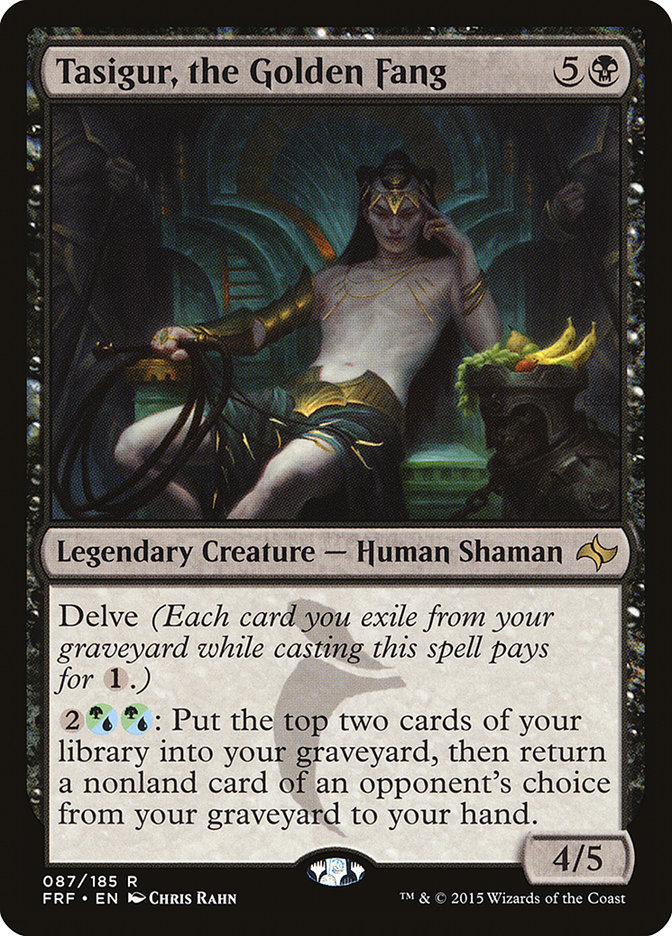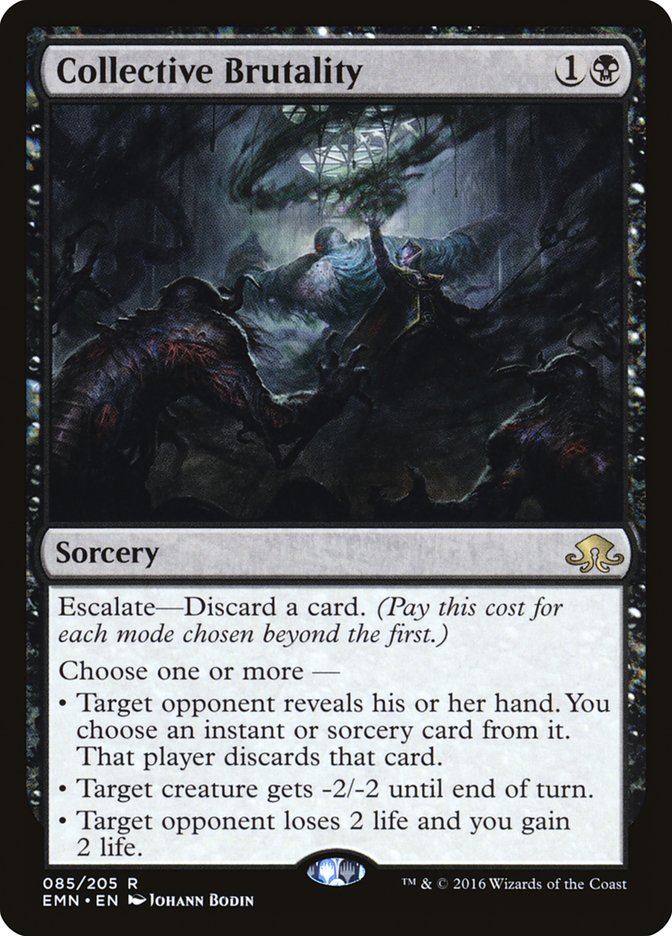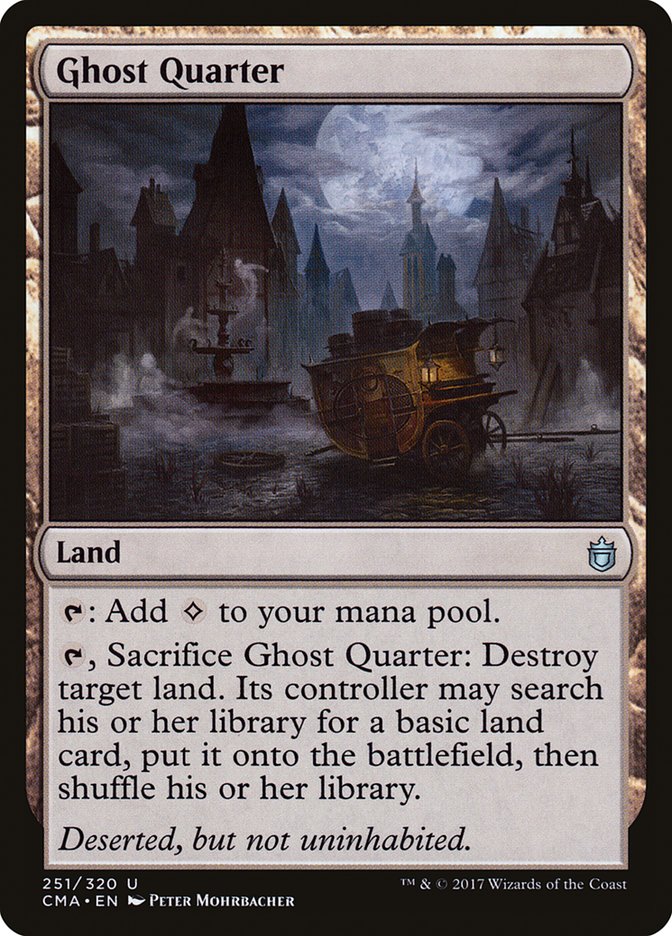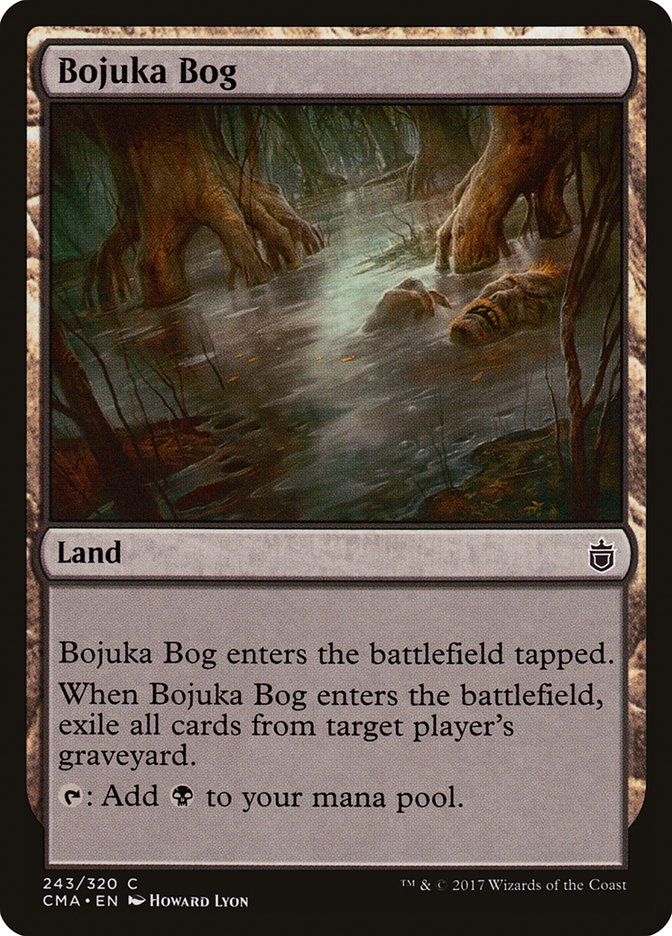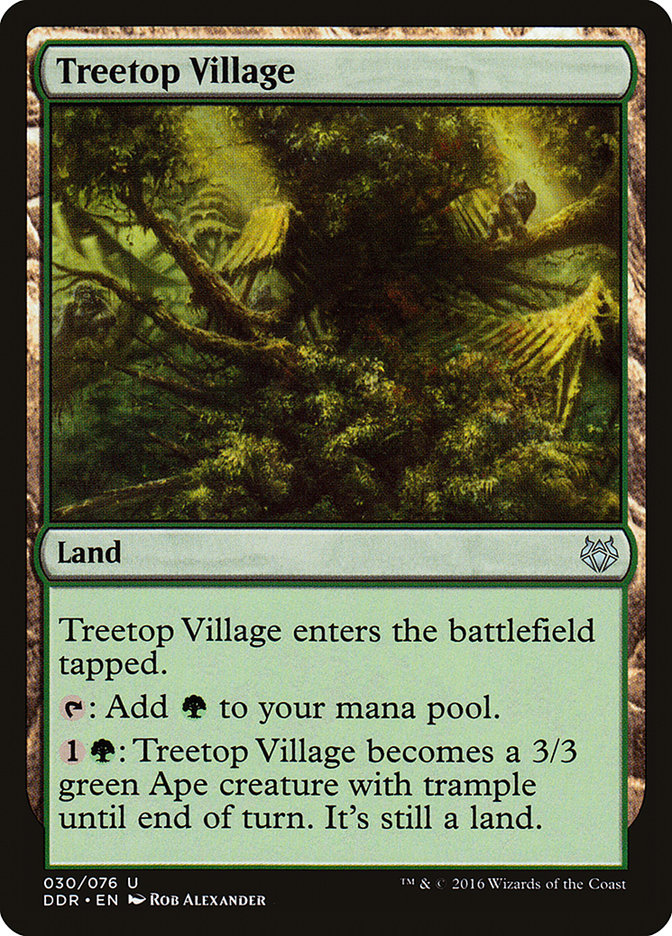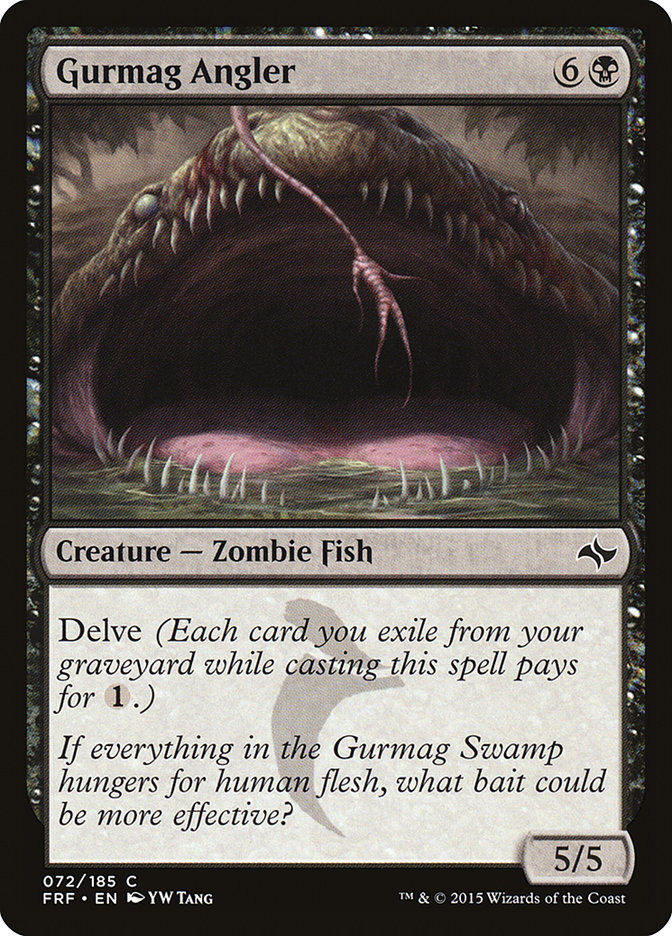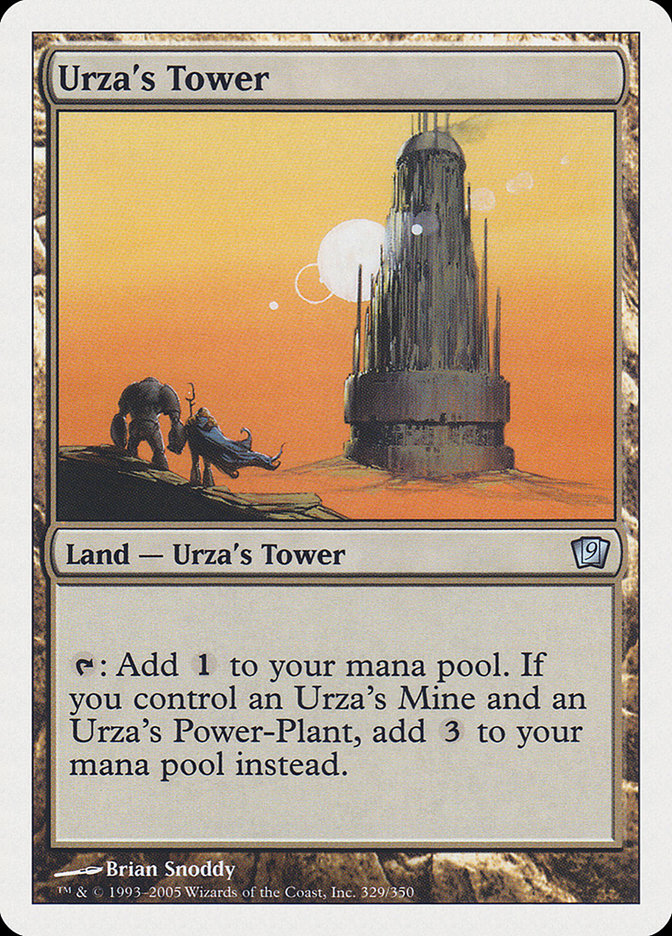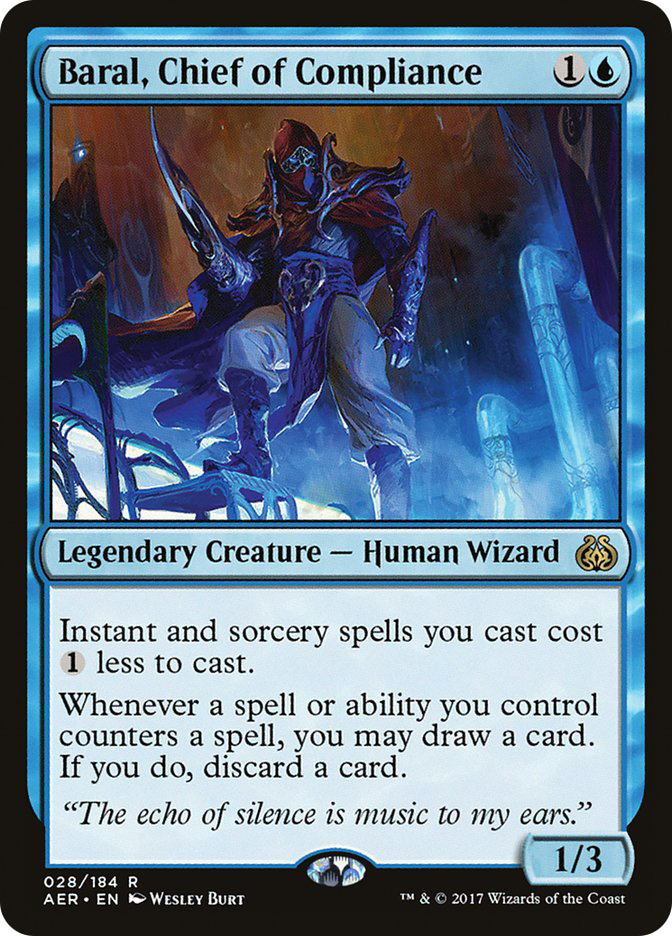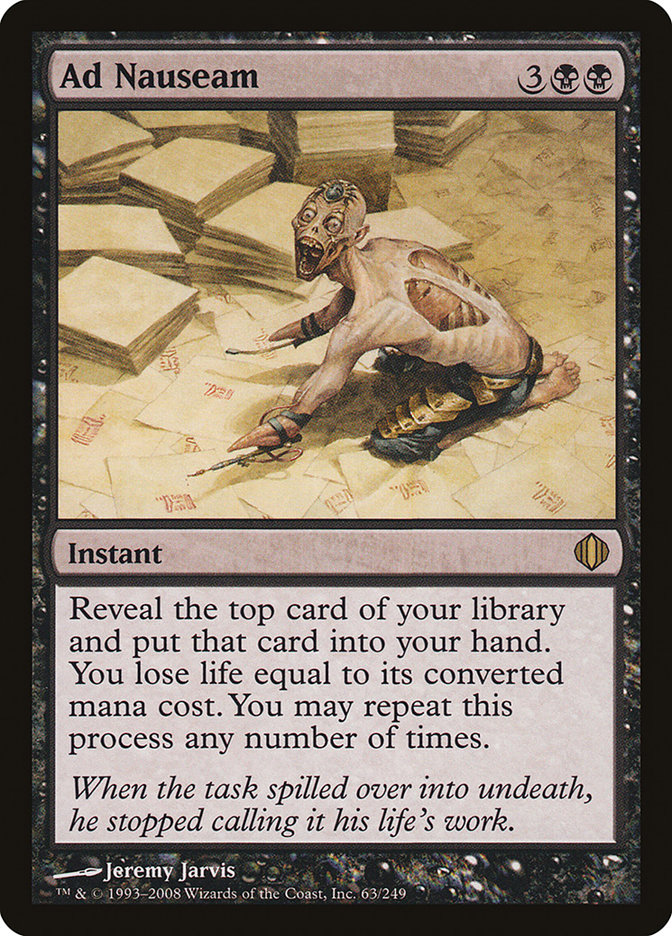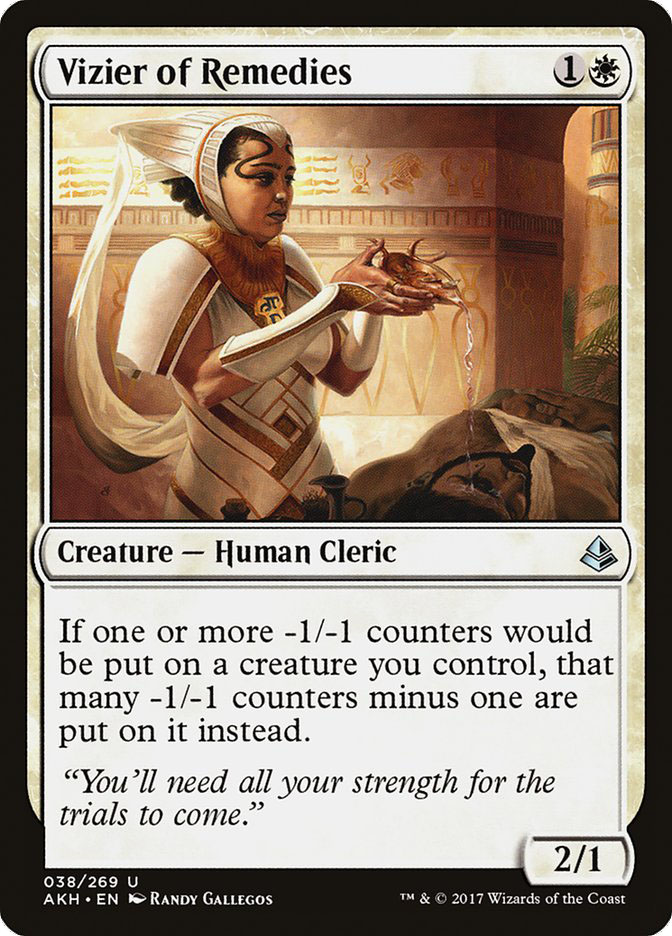Two months ago I wrote “Assessing Abzan Traverse,” an article based on my experiences picking up the Abzan Traverse deck for #SCGBALT. At the time, I was still relatively new to the archetype and was more seeking to share some of the potential pitfalls of the deck then really expound on its inner workings. Frankly, I didn’t think I had enough experience yet with the archetype to present myself as an authority on it.
Well, things have changed. Since then, I’ve played the deck in two more SCG Tour events, including the Modern portion of the #SCGINVI. I might occasionally pick up a deck cold for an event when faced with awkward external pressures, but you can trust I didn’t play three consecutive events with the same deck without putting some serious work into the deck outside of tournament play.
So, today I’m going to share as much of my thinking on the deck as I can cram into one article. And to start, here’s the list that I would play in #SCGNY.
Creatures (11)
Planeswalkers (4)
Lands (20)
Spells (25)

Contentious Choices
Frequent readers may notice a conspicuous absence.
As of my last writing on the deck, I was very high on Tasigur, the Golden Fang. Indeed, I went so far as to call Tasigur “the single best deckbuilding decision I made.” What changed?
To be succinct, I got better at playing the deck. Tasigur excels at bailing you out of situations where you are constrained on mana, letting you Traverse the Ulvenwald and deploy the threat you find for only two mana. When you are stubbornly holding onto your Traverses until you can get delirium, having access to Tasigur is important. But it turns out that optimal play actually involves casting those Traverses earlier to grab basic lands, and when you start doing that, Tasigur becomes less important and Siege Rhino gets better, as you are realistically able to cast four-drops.
I am much lower on Collective Brutality than virtually anyone else. Its supposed strength is flexibility, and for that reason many Abzan Traverse players are willing to maindeck the card. But in my mind, the strength of Abzan Traverse over other B/G/X variants is its efficiency, and Collective Brutality is anything but efficient.
I think the card is actively miserable against Death’s Shadow and Tron strategies, and that alone is enough to get me off maindecking it. But it’s also only okay against many of the combo decks, including Scapeshift, Ad Nauseam and Storm. “Two-mana weak Duress” is the mode you want in those matchups, but your Game 1 configuration is so suboptimal against non-interactive strategies that the sheer inefficiency of that mode can really cost you. Brutality does excel against Burn and Collected Company decks, and for that reason you will find a couple in my sideboard.
Another point of contention in Abzan Traverse lists is what the manabase is supposed to look like. The ability of a delirium-enabled Traverse the Ulvenwald to find a nonbasic land makes silver bullet lands very tempting, but for the most part I haven’t been impressed. Naturally drawing Bojuka Bog is almost never a good feeling and my latest iteration doesn’t even play it in the sideboard. Sorcery-speed graveyard interaction only gets you so far, and having access to it hasn’t proven worth the very real cost.
So, the only two effect lands in my 75 are Treetop Village and Ghost Quarter. Treetop Village is another card whose value changed dramatically following my shift in willingness to Traverse for basics. When you plan to have four lands on the battlefield in the midgame, Treetop Village is excellent. Ghost Quarter is a nice effect to have access to, but without Surgical Extraction in the sideboard, playing it is less critical. If you have a one-of you want to try out, feel free to cut the Ghost Quarter. It won’t devastate the manabase; Ghost Quarter helps cast so few of our spells that it counts more as a spell than as a land.
As far as contentious decisions go, I think I saved the best for last. Ever since the printing of Liliana, the Last Hope, B/G/X players have been experimenting with what the right numbers on the Liliana split are supposed to be. Last Hope is clearly powerful, and very good against specific matchups. In a strange twist of fate, the matchups where Last Hope is great also happen to be the matchups where Liliana of the Veil is at her worst.
Here’s my take: I think Liliana of the Veil is on a power-level tier above Liliana, the Last Hope. Frankly, I think the debate supposes a more equal footing between them than truly exists. Liliana of the Veil is a more powerful and more versatile card. I know I have won many games with Liliana of the Veil in her bad matchups simply because her effects are versatile enough that you can often find ways to leverage them even when they are not actively good. Liliana, the Last Hope has no such versatility. When her +1 ability is not good, she’s reduced to being a mediocre source of card advantage or an ultimate machine, neither of which is exciting.
Another way of looking at it is that Liliana of the Veil plays the B/G/X game. Indeed, you could say that B/G/X has evolved around Liliana of the Veil. The archetype thrives on resource-light games, seeking to win with a Tarmogoyf on an empty battlefield after the dust settles. Liliana of the Veil maneuvers the game to this spot. Liliana, the Last Hope is a planeswalker that creates resources instead of denying them. Powerful, yes; on theme, no.
It helps that Liliana of the Veil is particularly good in the metagame right now. Non-interactive decks abound, and Liliana of the Veil is a great way of stopping them from doing what they want to do. So for me, the solution is to maindeck the full playset of Liliana of the Veil and sideboard Liliana, the Last Hope for the matchups she shines in.
All right, enough chit-chat about the list. Let’s dive into the matchups.
Grixis Death’s Shadow
Let me state this flat-out: Grixis Death’s Shadow is a good matchup for this deck. Lingering Souls is as close to a trump card as you’re likely to ever have in a Game 1 scenario. Liliana of the Veil is excellent, you have plenty of removal for Death’s Shadow, Tarmogoyf can easily outsize Gurmag Angler. The list of advantages is impressive, but it’s still possible to drop games.
Grixis Shadow has two main avenues to victory in the matchup. The first and most common avenue is winning with a Gurmag Angler or Tasigur, the Golden Fang. Our answers to these delve threats are extremely limited. Path to Exile and Liliana of the Veil are what we’re working with, and Liliana of the Veil is not a guaranteed answer. For this reason, you should never Path to Exile a Death’s Shadow; that card needs to be saved for a delve creature. Aside from that, just always be thinking about how to maneuver the game to a spot where Liliana of the Veil can eat a delve creature. Holding Inquisition of Kozilek to take a Stubborn Denial on your Lili turn can be an important mid-game ploy.
Their second avenue to victory is the Snapcaster Mage angle. Death’s Shadow plays sufficient removal to consistently stop your easy paths to victory of a Tarmogoyf or Grim Flayer, and sometimes they can combine Snapcaster Mage and Kolaghan’s Command to pull far enough ahead on cards to win the game. Liliana of the Veil plusing tends to shut this plan down, but that’s not always an option. The key to avoiding this eventuality is to give more thought to when you cast your discard spells. The first opportunity is not always the best time, and aside from actual turn one I like to hold my discard until Snapcaster is about to become a relevant card. Your discard will be much better if you let them play their cantrips before you pull that trigger.
Aside from getting your cards to line up correctly, what you want to be looking for in this matchup is an opportunity to turn the corner. By its very nature, Grixis Death’s Shadow will end up at a low life total. If you play defensively when you have an opportunity to switch to offense, you will lose. The place this comes up most often is with managing your Lingering Souls tokens. Seeing and playing to two-turn Spirit token lethal swings is a critical skill, and you have to be careful not to throw away too many Spirit tokens to chump-blocking.
Cards you want:
Cards you don’t want:
We don’t want to change a lot in this matchup. Our fourth copy of Lingering Souls and additional ways to handle delve threats and Snapcaster Mage are exactly what we are looking for. Six discard spells is too many for a matchup that often comes down to topdecking, but because they play Snapcaster Mage, you do still need some discard, unlike in B/G/X mirrors. Thoughtseize is better than Inquisition of Kozilek due to the ability to discard Gurmag Angler. Killing Death’s Shadow is important, but our Game 1 configuration is overloaded on cards that can only do that. They have four Death’s Shadows and we have four Fatal Push and two Abrupt Decay with virtually no other targets. I like to trim a couple of copies of Fatal Push to make room for sideboard cards; I think Abrupt Decay being uncounterable is worth the extra mana in this case.
The most important thing that changes in the matchup post-sideboard is Lingering Souls getting worse. They bring in cards like Liliana the Last Hope and Izzet Staticaster to have answers to Lingering Souls, and you need to be aware of that. Post-sideboard, you can’t go all-in on Lingering Souls like you can Game 1. These cards are beatable, but you need to be careful about how you manage your resources.
Tron
I’m going to go ahead and lump Eldrazi Tron and classic G/X Tron variants together, despite that not being completely reasonable. But for the most part, our gameplan against each is the same, and I’ll be sure to discuss the wrinkles each presents.
Tron is historically the worst B/G/X matchup, and the bad news is that nothing’s changed. The good news is that the matchup isn’t as bad for Abzan Traverse as it is for other B/G/X variants, and the reason is simple: we can kill more quickly. Grim Flayer is quite the card.
However, in trade for that additional pressure, we lost something significant: the ability to disrupt their lands. Other B/G/X decks plan to beat Tron by utilizing Fulminator Mage and other land destruction spells to keep them off assembling Tron. We have a Ghost Quarter in the maindeck and a Fulminator in the sideboard, and despite having a good tutor package for them, we can still only ever destroy two lands. Worse, sometimes delirium is active too late for Traversing up a Ghost Quarter to have an impact.
So in playing the matchup, we need to play to our strengths. The absolute best opening we can have is Thoughtseize into Tarmogoyf. We aren’t playing to stop them from doing their thing; we are playing to keep them off balance long enough for our creatures to win the day. Don’t ever keep a hand because it has a Ghost Quarter or a Fulminator Mage without a way to pressure them. That’s not the way to win.
Cards you probably want:
Cards you might not want:
Most of the time, this is what you’re looking at. The uncertainty in the headers reflects the differences between G/X Tron and Eldrazi Tron. Shriekmaw is not a card that has a purpose against G/X Tron. Gaddock Teeg is much better against G/X Tron than Eldrazi Tron, but I would still sideboard it in against both. Liliana, the Last Hope is not spectacular against either, but the ability to rebuy key creatures (ideally Fulminator Mage) makes it a fine sideboard option when we need to ditch excessive removal.
Abrupt Decay is our weakest removal spell, with the only good target in either Tron version being Oblivion Stone. That being said, if you are on the play and your Tron opponent has shown a willingness to leave Expedition Map exposed, Abrupt Decay has some merit. Leaving in a couple of Fatal Pushes against Eldrazi Tron to answer Thought-Knot Seer is reasonable, but the card is abysmal against G/X Tron.
As we continue through matchups, you will see Scavenging Ooze, Lingering Souls, and Siege Rhino listed as threats you might not want a few times. This happens in matchups where your creatures are just power and toughness, generally non-interactive combo decks. In general, sideboard out Scavenging Ooze before Siege Rhino before Lingering Souls, assuming Scavenging Ooze isn’t good in the matchup. It’s all about removing the threats that are the slowest to kill first, and this is my general order. Just start with the worst threat and cut them until you don’t need to cut any more.
Even post-sideboard, don’t fall into the trap that thinking any of your sideboard cards are more important than Tarmogoyf. I probably can’t emphasize this enough: all you want to do is open Thoughtseize and follow-up with a Tarmogoyf or a Grim Flayer. Clocking them is paramount.
Non-Interactive Combo
If these decks combo off, you lose. Against Tron, you can still win if they assemble Tron and cast a Karn Liberated. You can’t win once a Scapeshift or an Ad Nauseum is cast. To borrow terminology from a previous article of mine, in these matchups, you want to put them under pressure. The most important thing is disruption, not killing them as soon as possible.
Liliana of the Veil and Thoughtseize are your best cards in these matchups. You need to stop them from comboing you, and that means denying them the resources to do so. Ideally, you want to have a single Tarmogoyf or Grim Flayer chipping away at their life total while you focus the rest of your attention on limiting their options.
Cards you might want:
Cards you don’t want:
Nihil Spellbomb is irrelevant against Scapeshift, so feel free to ignore that one. Reclamation Sage is generally bad, but some Scapeshift players have started playing Ensnaring Bridge and the cost to play Reclamation Sage is pretty low, so I usually bring it in. Of the three matchups in this grouping, this is the one that skews the closest to wanting a clock. They will kill you eventually no matter how much you disrupt them, so make sure you are prioritizing dealing damage appropriately.
Against Storm, you need to kill Baral, Chief of Compliance and Goblin Electromancer. Of the three, this is the only matchup where removal is necessary. I still sideboard out Path to Exile, as giving them a land is unacceptable, but the rest stays in. Scavenging Ooze is also important against Storm. Fulminator Mage and Reclamation Sage aren’t good here, but Maelstrom Pulse gives you an out to Empty the Warrens and should be sideboarded in. This matchup tends to be decent, as they are easily disrupted and don’t do well from a hellbent position. Focus on attacking their hand, and the rest will fall into place.
Ad Nauseum is probably the most clean-cut non-interactive matchup. Your removal doesn’t do anything and you don’t need graveyard hate. Artifact destruction (including Abrupt Decay) can disrupt them greatly. Your goal is to take their best cards, deny them resources, and put them under enough pressure that they can’t draw out of your disruptive onslaught.
Counters Company
Your plan is to stop them from comboing and put them into a spot where they have to start chump-blocking. In general, you don’t want to remove their mana creatures. Their cards aren’t much better ahead of schedule, so the ramp is not something we care about very much. In fact, they don’t even play a scary three to cast on turn 2 off a Noble Hierarch start. Devoted Druid is an exception to this, as it’s also a combo piece.
Vizier of Remedies is the combo piece you should kill; even without the rest of the combo, it turns Kitchen Finks into a huge nuisance. If you have your Scavenging Ooze, this changes, as you can handle Kitchen Finks and thus Devoted Druid becomes the scarier standalone card.
Gavony Township is the way you lose in games where they don’t combo. The way to beat it is by getting them into chump block mode earlier, or by saving a Traverse to find Ghost Quarter with. Their Gavony plan is scary but tends to be beatable if you prioritize attacking them correctly.
Cards you want:
Cards you don’t want:
It took me a while to come to the conclusion that you don’t want the one-mana discard spells, but now I’m pretty confident in it. Taking Collected Company is great, but because of all their mana creatures, they rid their hand of cards very quickly. Drawing discard in the mid-game is awful too often for me to be happy with it.
The plan in the post-sideboard games is to beat them on the battlefield, force them to commit to it, and then hit them with a Flaying Tendrils. That’s why we play three copies. Tendrils is incredible against the deck, dealing with essentially everything they play while leaving our creatures in check. It’s a slight nonbo with Lingering Souls, but good sequencing mitigates that.
And that’s all the space I have for today. I know I didn’t talk about a lot of matchups, but I tried to focus on the ones that are unintuitive. Hopefully the ones I didn’t cover are better understood, but I’m happy to answer any questions in the comments.
Before I leave, a quick disclaimer: I probably won’t be playing this at #SCGNY. It’s not because I don’t think it’s a good choice; to the contrary, I think Abzan Traverse is pretty well-positioned right now. Rather, I think expanding and balancing my range is important, and I’ve been playing too much B/G/X lately. So I’ll likely be exploring something else (and probably losing to mages battling with Abzan).



